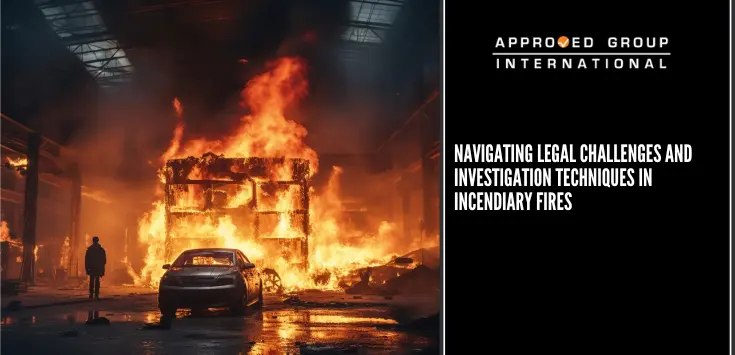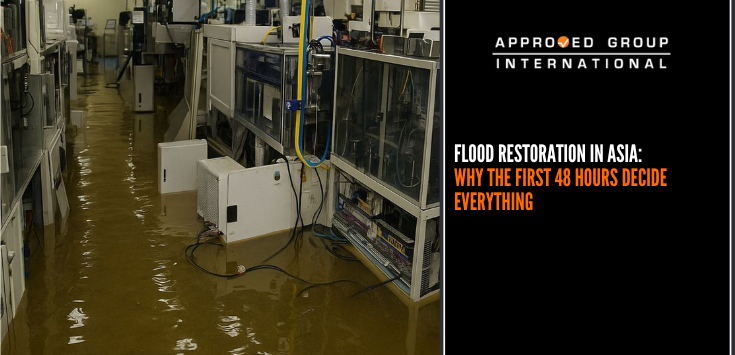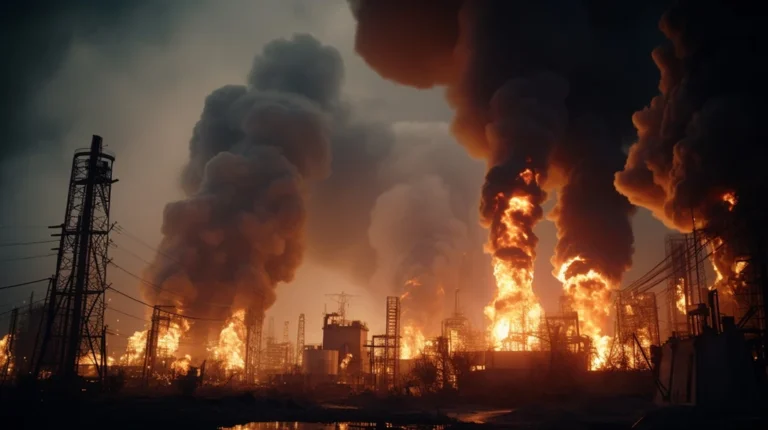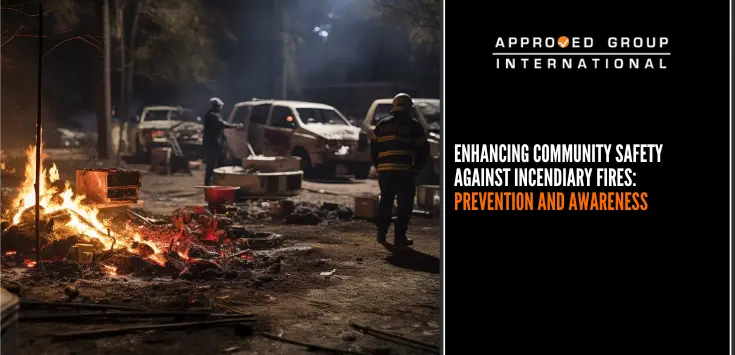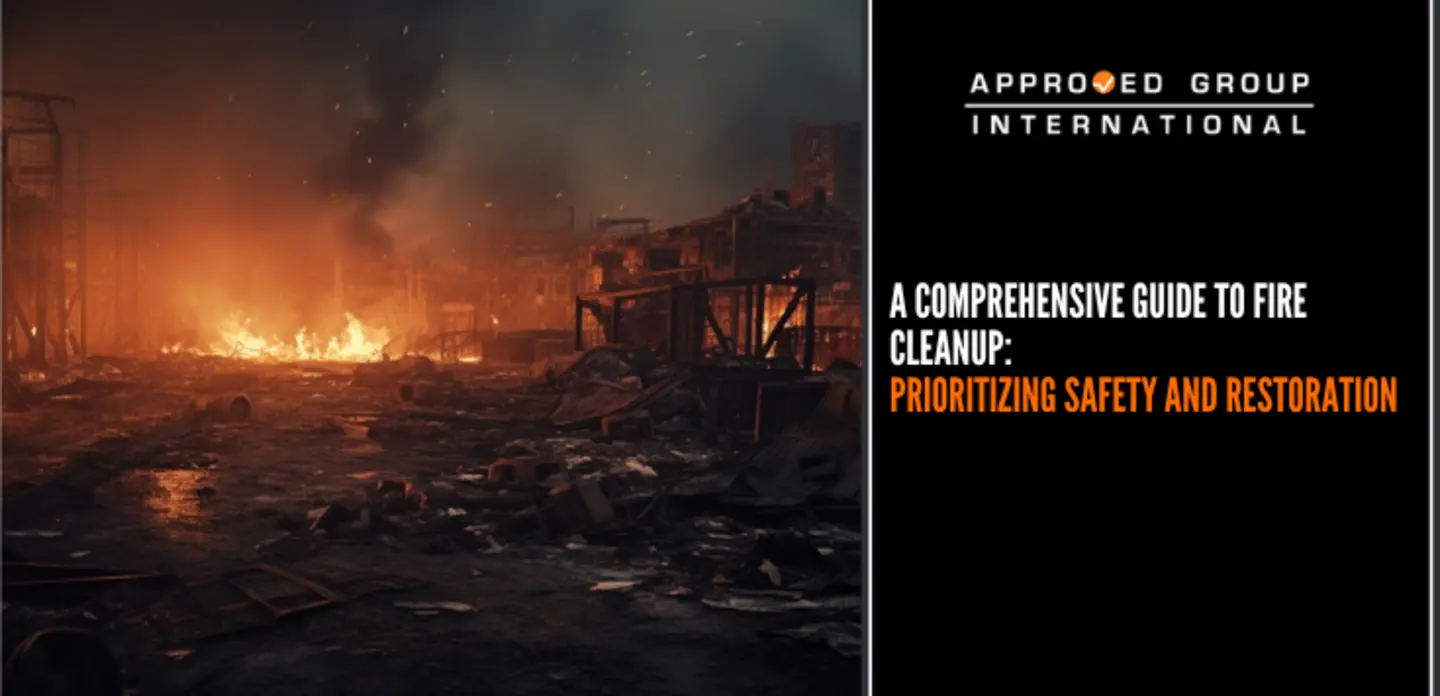Incendiary fires, also known as arson and categorised in legislation as various aggravated criminal or malicious damage investigations. They are unique challenges for both legal systems and fire investigators worldwide. These deliberately set fires not only lead to significant property damage and potential loss of life but also involve intricate legal proceedings and advanced investigative techniques. This article examines the legal ramifications, investigative methods, and preventive measures associated with incendiary fires, providing a comprehensive overview of how societies combat these deliberate threats.
The Legal Landscape of Incendiary Fires
Arson is considered a serious offence , especially when it endangers life. Legal consequences often depend on the intent behind the act as well as the outcome. For instance, if an incendiary fire leads to fatalities, the perpetrator may face charges attracting severe penalties, and can attract life imprisonment, dependant on the severity or aggravation, damage caused, injuries inflicted or deaths caused.

Understanding Different Legal Definitions
The legal definition of arson varies by jurisdiction. Generally, it is defined as the crime of wilfully and maliciously starting a fire or causing an explosion, but some regions expand this definition to include reckless disregard of obvious risks. This broader interpretation allows for a wider net to capture those whose actions may not have been overtly intended to start a fire but were inherently dangerous and prohibited by law.
Example:
Under 18 U.S.C. § 844(i), it is a federal crime to damage or destroy, “by means of fire or an explosive, any . . . property used in interstate or foreign commerce or in any activity affecting interstate or foreign commerce.”
https://www.law.cornell.edu/wex/arson
Penalties and Prosecution
Penalties for arson can be severe, reflecting the serious nature of the offense. They typically include long prison sentences, hefty fines, and restitution payments to victims. In prosecuting arson, the challenge often lies in proving intent beyond a reasonable doubt. This is where the role of fire investigation becomes crucial, the modus operandi can be unveiled from the burnt trances, witness accounts, and other physical evidence discovered in the fire scene. Fire investigators prove arson; lawyers prosecute arsonists.
Techniques in Arson Investigation
The investigation of an incendiary fire begins with identifying the fire origin and ignition sequence. Investigators look for multiple points of ignition, unnatural patterns of burn, and the use of accelerants, which are often indicative of a deliberate fire. . Other evidence not-related to the combustion are also examined by the investigator, which sometimes can reveal crime concealment.
Key Investigation Techniques:
Physical Evidence Collection
Collecting and analysing physical evidence at the fire scene is vital. This includes any remnants of accelerants, which can be identified through chemical analysis. There are also sophisticated devices such as timed ignition systems and incendiary chemicals used by highly intelligent arsonists in mimicking the appearance of an accidental fire.
Pattern Analysis
Investigators study fire damage and fire spread patterns to understand how the fire started and progressed according to factors including structures, materials, ventilation effect,and fuel load.
Digital Forensics
Modern investigations also utilize digital evidence, such as surveillance footage and electronic communications, which can link suspects to the crime scene or reveal premeditation.

Tools of the Trade
Canines have been the most useful means in locating the presence of ignitable liquids at fire scenes since the successful trained canine, Mattie, in 1986. Advancements in technology have significantly enhanced the capabilities of fire investigators’ search in fire scene such as innovation of photoionisation detector and hydrocarbon detector. Gas Chromatography-Mass Spectrometry analysis is the most reliable test to detect traces of accelerants at parts per million, providing concrete evidence for use in court today. (What other tools to use to detect arson??)
Legal Implications
The complexity of arson cases often requires detailed reconstruction of the event, supported by both physical and circumstantial evidence. Examination of the evidence must strictly adhere to scientific method to ensure the ignition sequence is not accidental. Legal proceedings in these cases can be lengthy, involving expert testimonies from fire investigators, forensic analysts, and other specialists. Careful examination on the countered information during the legal proceeding will decide the most suitable action towards the involved parties.
Notable Legal Cases
Several high-profile arson cases have set precedents in how incendiary fires are prosecuted. For example, in the United States, a landmark case in the 1980s overhauled the investigation procedures after faulty forensic practices led to wrongful convictions. A recent case in Malaysia involving the death of Cradle Fund CEO, which was initially categorised as a murder and concealed by a deliberately lit fire , was later proven to be accidental, as updated in early 2024. These cases highlight the importance of rigorous scientific standards in fire investigation.
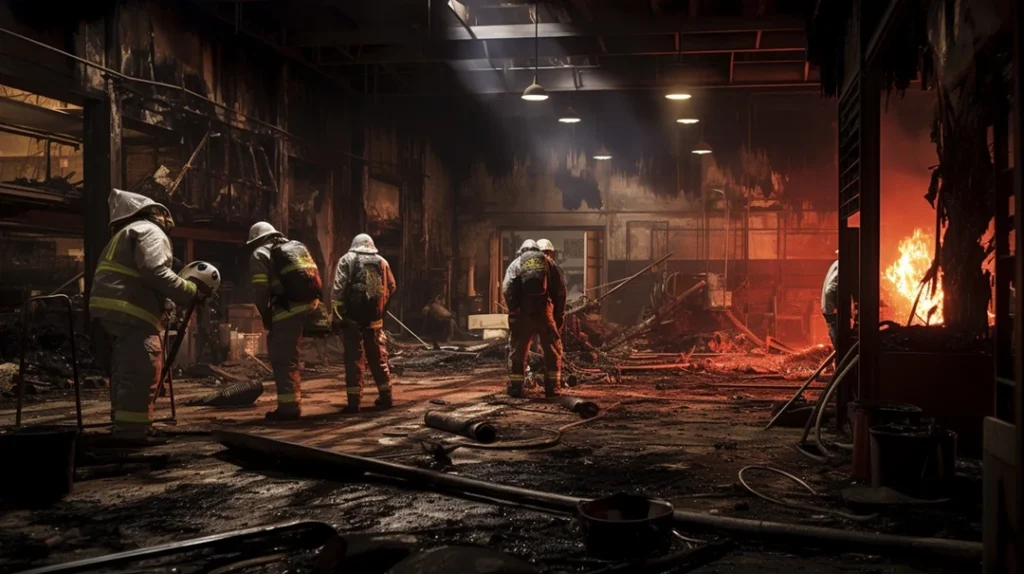
Preventive Measures
Preventing incendiary fires involves legal, community, and individual efforts. Strict enforcement of fire safety laws and regulations is crucial, as is public education on the dangers and legal consequences of arson.
Community Involvement
Community awareness programs are effective in preventing arson. These programs educate the public on how to spot suspicious behaviours and secure properties against potential arsonists. Collaboration with local fire departments and law enforcement can enhance community resilience against these malicious acts.
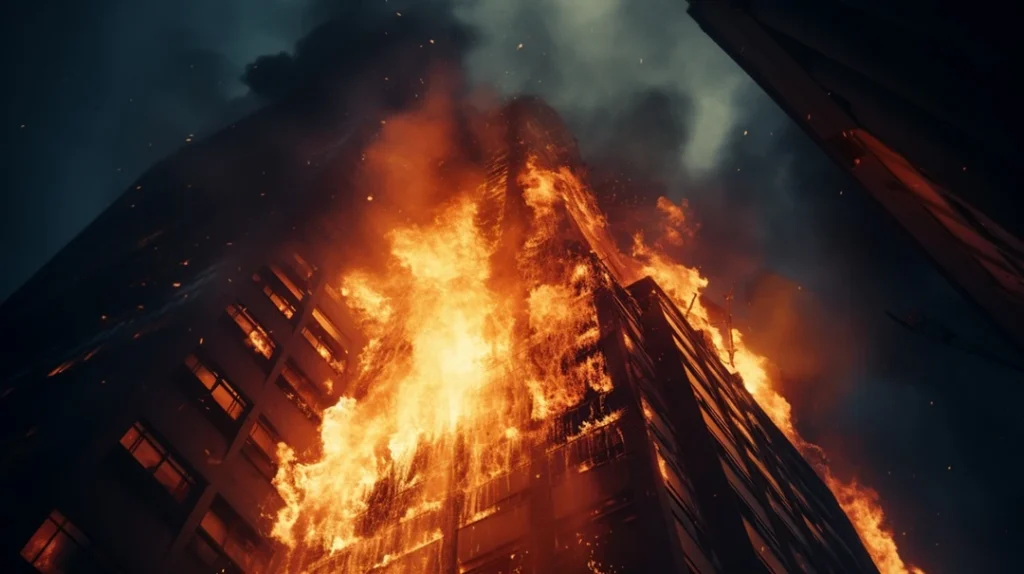
Conclusion
The battle against incendiary fires is fought on multiple fronts, from the scene o the courtroom. . Understanding the legal implications, mastering investigative techniques, and implementing effective preventive measures are essential in safeguarding lives and properties. As communities become better informed and equipped, the incidence of these devastating fires can be significantly reduced, protecting the fabric of society from those who seek to disrupt it through fire.

